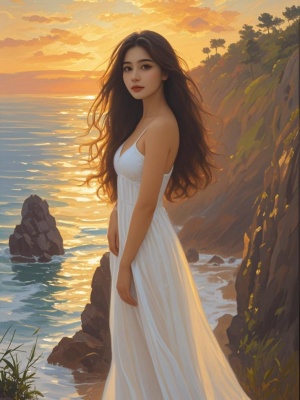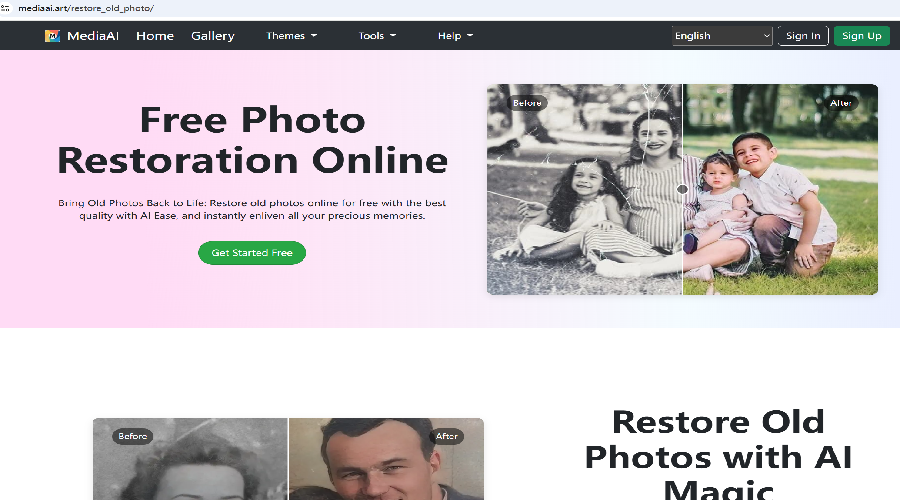The Timeless Allure of Old Oil Painting Portraits
Introduction: Capturing History Through Brushstrokes
Old oil painting portraits represent some of the most fascinating artifacts of art history, offering windows into past eras, personalities, and artistic techniques. These masterpieces from the Renaissance through the 19th century continue to captivate collectors, historians, and art enthusiasts alike. Unlike modern digital portraits created through AI painting techniques, traditional oil portraits required months of meticulous work by skilled artists.
The Artistic Significance of Oil Portraits
Historical Documentation
Before photography, oil portraits served as the primary method for preserving likenesses of important figures. Royal families, aristocrats, and wealthy merchants commissioned these works to document their status and legacy. The National Gallery in London estimates that 60% of pre-19th century European art consists of portrait paintings.

Technical Mastery
Creating an oil portrait required exceptional skill in:

- Understanding human anatomy and proportions
- Mastering light and shadow (chiaroscuro)
- Mixing and layering oil paints for depth
- Capturing fabric textures and jewelry details
Preservation Challenges and Solutions
Common Deterioration Issues
Centuries-old oil portraits often face multiple conservation challenges:
- Yellowing varnish layers
- Paint cracking and flaking
- Canvas warping or tearing
- Fading pigments
Modern Restoration Techniques
Professional conservators use specialized methods similar to AI photo restoration but with manual precision:
- Infrared imaging to reveal underdrawings
- Microscopic paint analysis
- Solvent testing for safe varnish removal
- Climate-controlled display cases
Collecting Old Portrait Paintings
Authentication Process
When acquiring an old oil portrait, experts recommend:

- Provenance research through auction records
- Scientific analysis of materials and techniques
- Comparison with the artist's known works
- Consultation with museum specialists
Display Considerations
Proper display preserves these treasures for future generations. The Getty Conservation Institute recommends:
- Maintaining 40-50% relative humidity
- Limiting exposure to direct sunlight
- Using museum-grade UV-filtering glass
- Regular professional inspections
Conclusion: The Enduring Legacy
Old oil painting portraits remain invaluable cultural artifacts that connect us to our artistic heritage. While modern digital portrait galleries offer convenience, traditional oil portraits possess an irreplaceable material presence and historical significance. As technology advances with tools like AI-assisted analysis, we gain new appreciation for these masterworks while developing better methods to preserve them for centuries to come.
For those interested in exploring portrait techniques further, the Metropolitan Museum of Art's conservation department provides excellent resources on preserving artistic heritage.